Products are selected by our editors, we may earn commission from links on this page.
Beauty has always been a hot topic in society. How we look often defines how others see us and influences our social rank. Yet, these beauty ideals shift constantly and can sometimes push boundaries. Let’s take a look at how beauty trends have changed over the years!
In the Early 1970s People Would Wrap Their “Beehive” with Toilet Paper
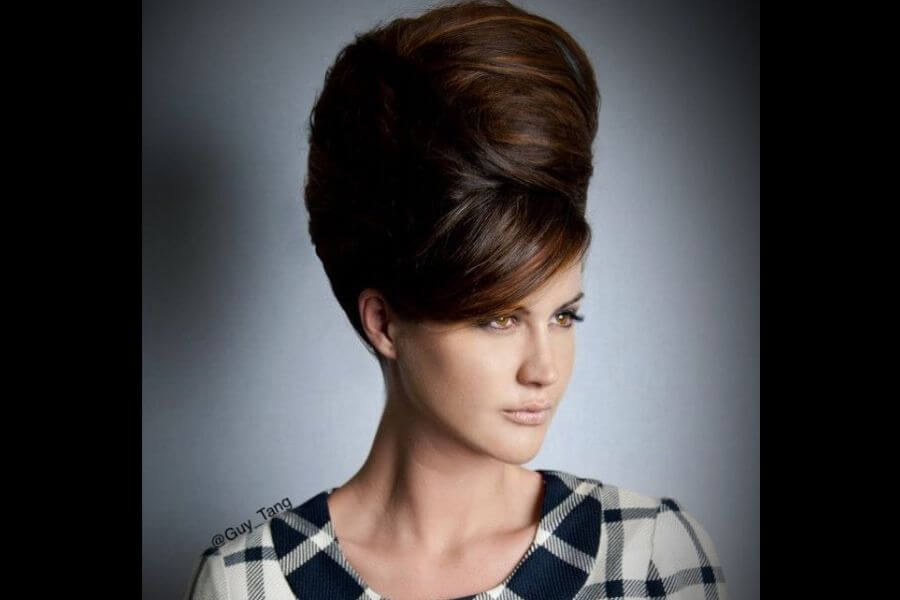
The beehive hairstyle was a high, cone-shaped look created by teasing and backcombing hair, secured with hairspray, lots of it. It was dramatic and perfect for making bold fashion statements.
In the 1970s, the beehive was a symbol of individuality and sophistication. It became popular among celebrities, it was a go-to style for confident women wanting to stand out.
To maintain their beehive overnight, women wrapped it in toilet paper! Yes, you heard that right. This simple trick preserved the elaborate style, ensuring their hard work lasted until morning.
People Would Also Cover Themselves in Baby Oil to Get a Perfect Tan
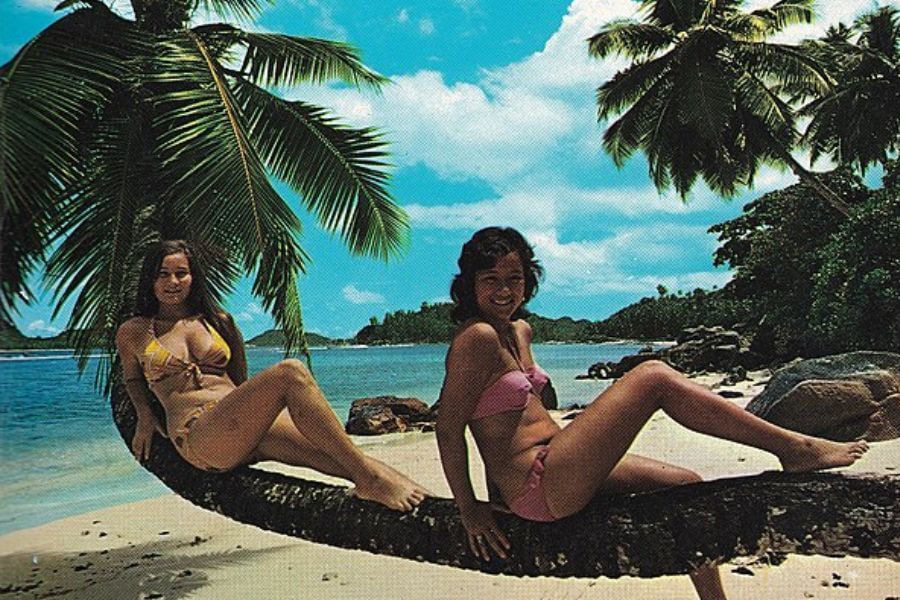
Back in the 1970s, sunscreen wasn’t really a thing. Instead, people used baby oil, cocoa butter, or tanning oils, some with a laughable SPF of 4.
People were obsessed with getting that perfect sun-kissed glow, they’d bake in the sun for hours. The goal was to be as bronzed as possible, no matter what it took.
Nobody worried much about UV rays back then. Sadly, that often had painful consequences. People sometimes would end up with blisters, second-degree burns, and peeling shoulders!
In the 1980S People Used a Lighter to Melt Their Eyeliner Pencil
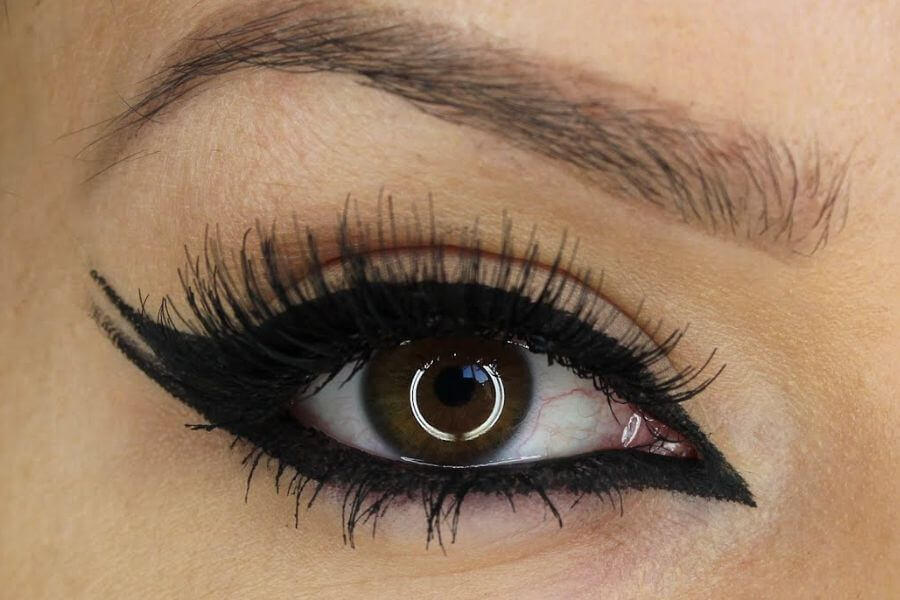
Back in the 1980s, liquid eyeliner wasn’t the go-to tool it is today. Instead, people had to rely on eyeliner pencils, which often lacked the smoothness and intensity they wanted.
To fix this, they’d heat the eyeliner tip with a lighter. This made the pencil creamier and easier to apply, delivering a more dramatic look.
However, this wasn’t without risks; overheating the pencil could be painful. But for sharp, intense eyeliner looks, people didn’t mind taking the chance. Beauty hacks were all about commitment!
In the 1990s Overplucked Thin Eyebrows Were THE Thing

In the 1990s, super-thin eyebrows were all the rage. Everyone grabbed their tweezers, aiming for that barely-there look, no matter how much effort it took.
Unfortunately, some people got a little too carried away. Overplucking became an obsession, and some brows never fully grew back, leaving them with little to work with today.
The trend seemed harmless at the time, but many now regret those excessive plucking sessions. Brows may grow back, but sadly, for some, the damage was permanent.
In the 1960s People Used Lemon Juice to Bleach Their Freckles
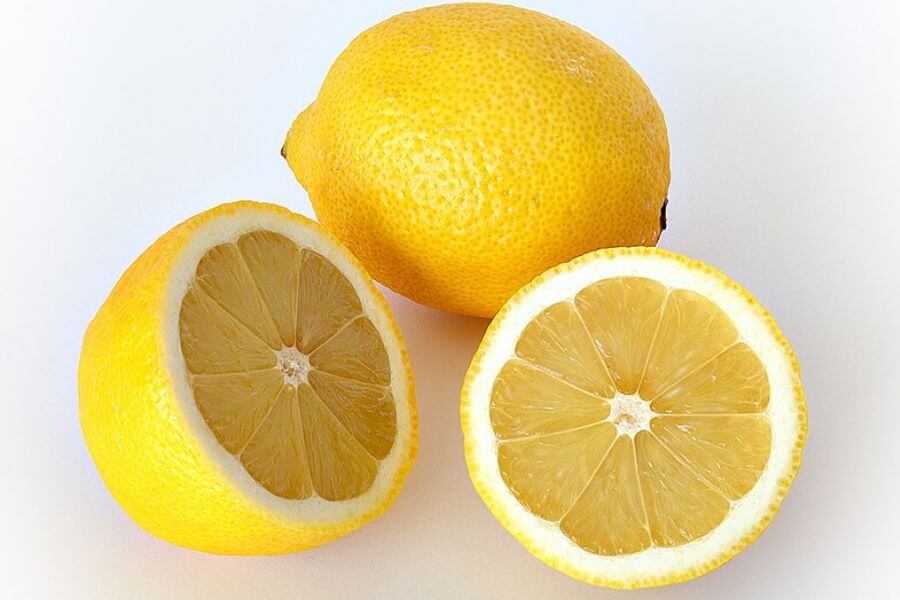
Back in the 1960s, some people believed you could use lemon juice could lighten freckles. It was a DIY beauty hack, with lemons squeezed in pursuit of a smoother, even complexion.
The idea was that the juice’s acidity could “bleach” freckles, but there’s no solid proof it actually worked. Still, many were willing to give it a try.
While the results were uncertain, the method was cheap and accessible. Whether it did anything or not, it showed how creative people were with their beauty routines back then!
The Hourglass Body Shape Became THE Goal in the 1950s
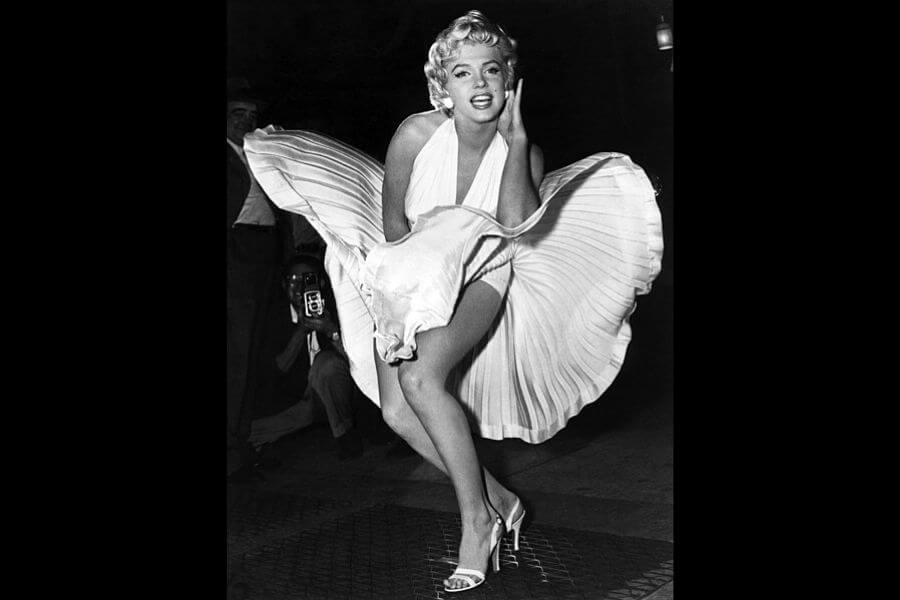
Marilyn Monroe’s curves were central to her beauty legacy. In an era favoring thin, boyish figures, she proudly showcased her hourglass shape, redefining 1950s beauty standards.
Her iconic dresses, designed by Jean Louis, emphasized her figure with plunging necklines and cinched waists. These bold choices encouraged women to embrace their curves confidently.
Monroe’s influence endures today, with modern icons like Beyoncé and Jennifer Lopez celebrating curves. Her legacy reshaped fashion, making the hourglass figure a timeless ideal in popular culture.
Around the Same Time Marilyn Monroe Imposed the “Cat-eye” Look
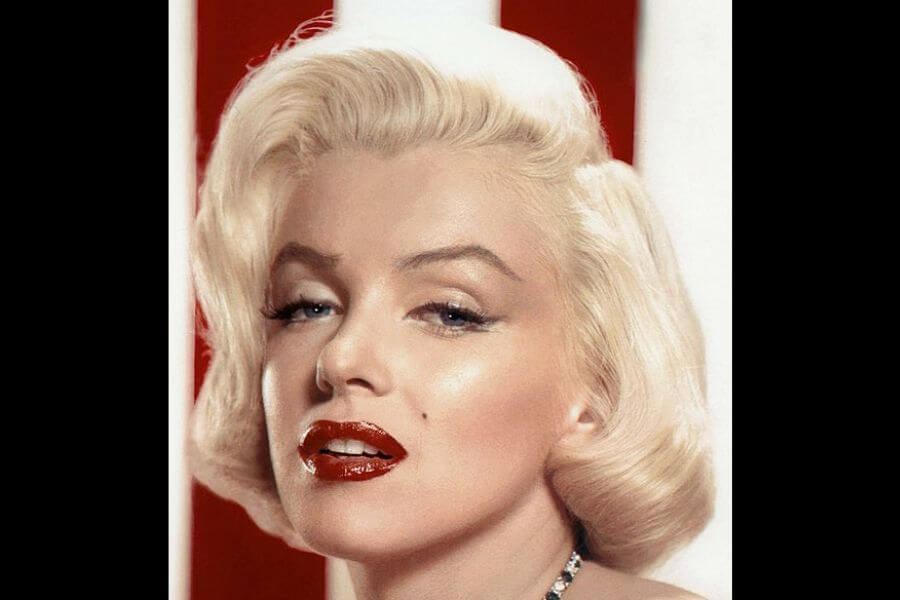
Not only did Monroe changed the ideal body standards for women in the 1950s, but her bold lashes and defined eye makeup set the bar for sultry, glamorous eyes.
Her signature “cat-eye” look remains a classic beauty trend today. Monroe’s dramatic winged eyeliner created a sharp, upward flick at the outer corners.
To complete the look, she layered volumizing mascara for fuller lashes. Her doe-eyed makeup continued to inspire women for decades to come.
In the 1960s, Women Used Clothing Irons to Straighten Their Hair
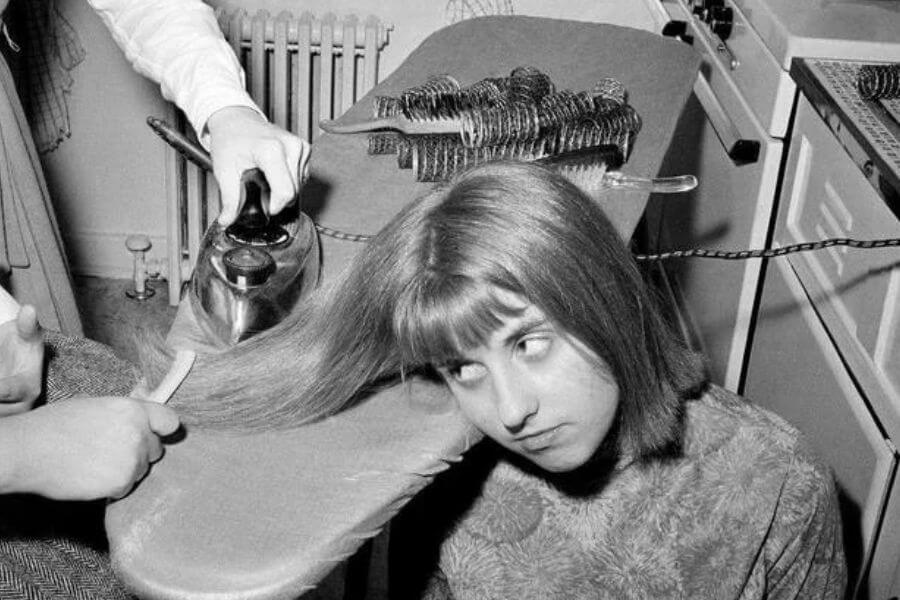
Yes, it’s true! Women in the 1960s sometimes turned to clothing irons to straighten their hair. Desperate times called for desperate (and risky) beauty measures.
Flat irons weren’t a thing yet, so women had to get creative. They’d lay their hair on an ironing board and carefully press it with a hot iron for sleek locks.
Though effective, it wasn’t exactly safe. One wrong move and you’d singe your hair—or your scalp. Beauty in the ‘60s was clearly an adventure!
Briggite Bardot Imposed Smoky Eyes
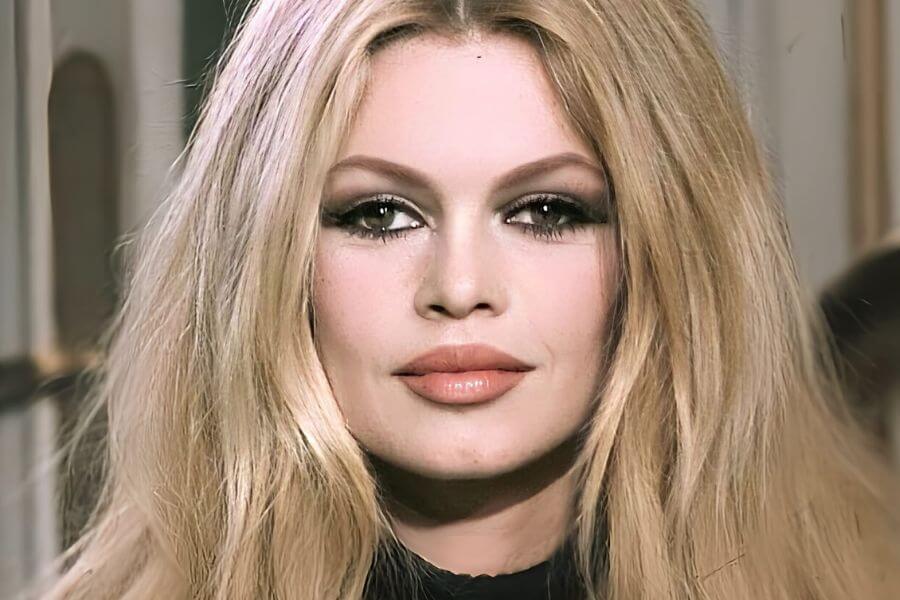
The iconic Brigitte Bardot played a big role in popularizing smoky eyes. Her sultry, dramatic eye makeup became an iconic beauty statement in the 1960s.
She used dark eyeshadow and smudged eyeliner to create a bold, seductive look. This style complemented her effortless, carefree charm and soon inspired beauty trends worldwide.
Bardot’s smoky eyes weren’t just makeup; they were a cultural shift. Women in the sixties embraced her confident style, turning her signature look into a timeless classic.
During the 1940s Women Painted Pantyhose on Their Legs

During World War II, nylon shortages left women without pantyhose. Despite this, the tan, stockinged leg look remained a must-have fashion staple for many women.
To recreate the nylon effect, dozens of paint products hit the market. These leg paints mimicked the tan appearance of stockings, helping women maintain the stylish look.
Women often got creative, using makeup or DIY solutions for painted legs. It was a clever workaround that kept up appearances despite the wartime challenges of material shortages.
Coco Chanel’s Accidental Suntanned Skin Became a Fashionable Symbol
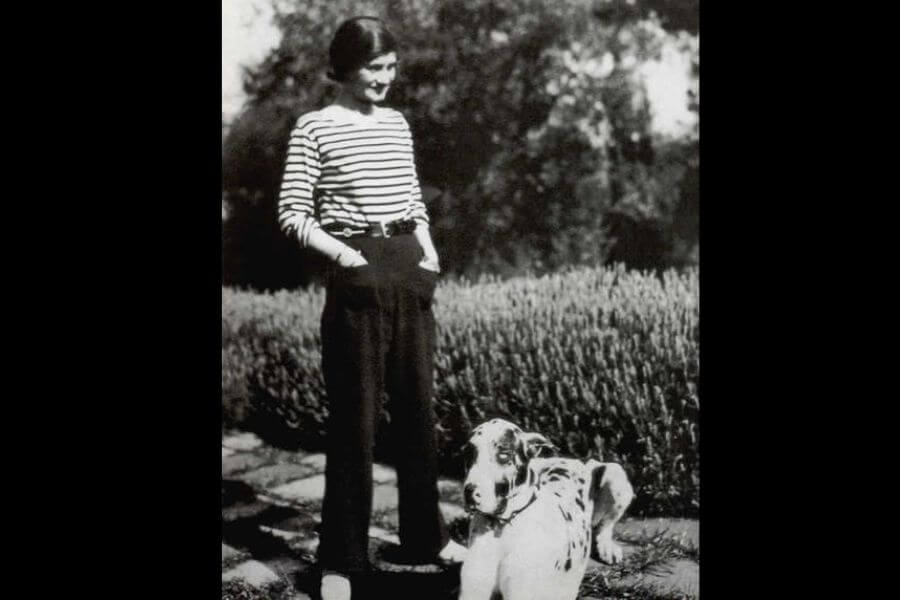
In the mid-1920s, a suntanned complexion became the ultimate fashion statement. It all started when Coco Chanel accidentally tanned while napping on her yacht in the French Riviera.
This sun-kissed look quickly became a status symbol. A tan signified luxury, suggesting someone wealthy enough to enjoy sunny vacations.
The trend redefined beauty standards, making tans fashionable instead of undesirable. It became a mark of privilege.
In the 1980s, People Wouldn’t Wash Their Bangs Them For Weeks
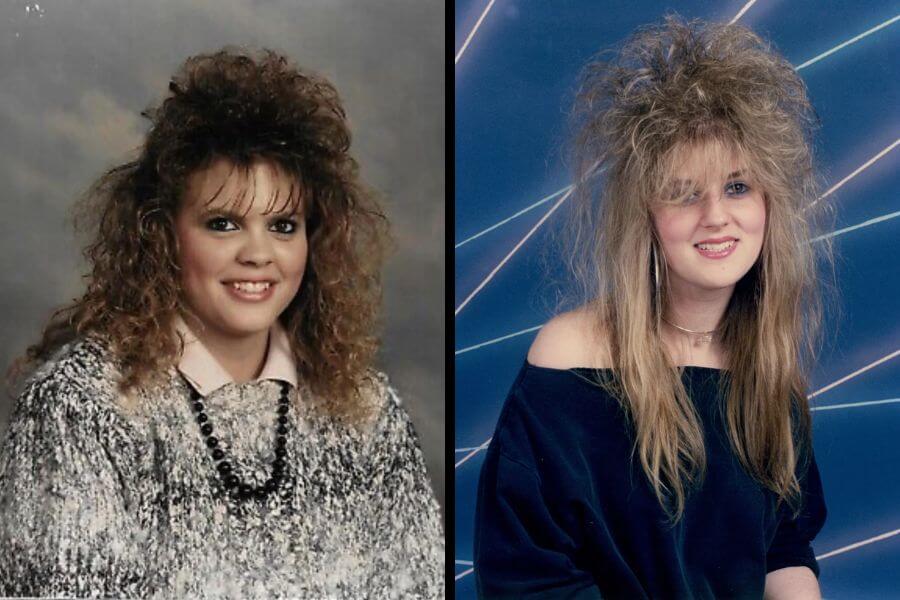
In the 1980s, women poured time and effort into curling, teasing, and spraying their bangs. These sky-high bangs were a symbol of style and dedication.
It might sound crazy, but washing bangs wasn’t common, as water could ruin their shape. Many women protected them with plastic bags during showers, keeping them intact.
When washed, the process was intense. Hairspray buildup looked like dandruff, requiring fine-tooth combs to clean. Despite the hassle, flawless bangs made every effort totally worth it.
In the 1980s Many People Tryed to Look Older
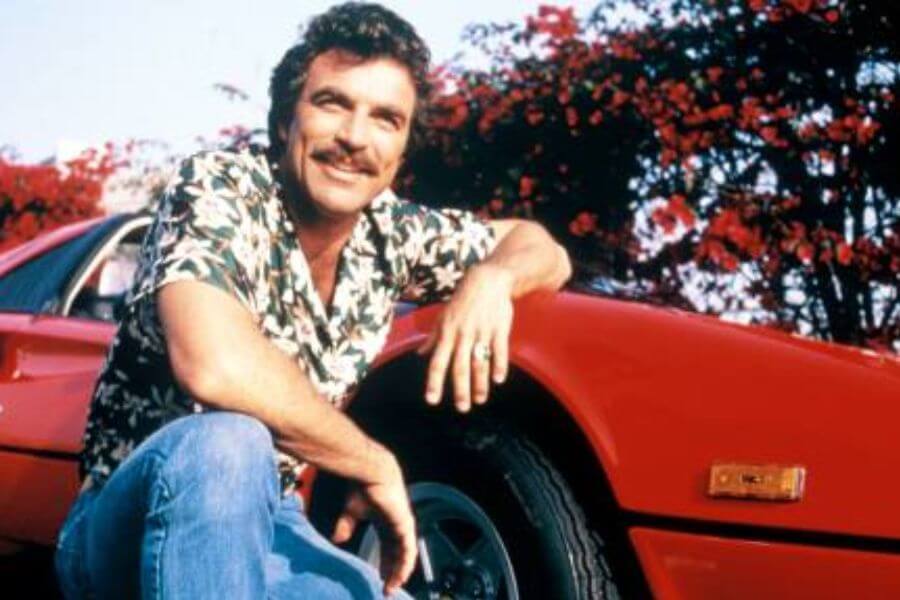
In the 1980s, looking older was all the rage. Young men sported chevron mustaches and chest hair, inspired by stars like Tom Selleck, who exuded mature charm.
Women embraced padded shoulders and perms, channeling sophistication beyond their years. Even Dolly Parton, just 34 in 9 to 5, rocked the older, polished aesthetic.
Kids weren’t left out, dressing in tweed blazers or yachting outfits to mimic grown-up styles. Brooke Shields, with her mature looks, became an icon of this ageless trend.
In the 1990s People Would Put Crystals on Their Faces and Hair
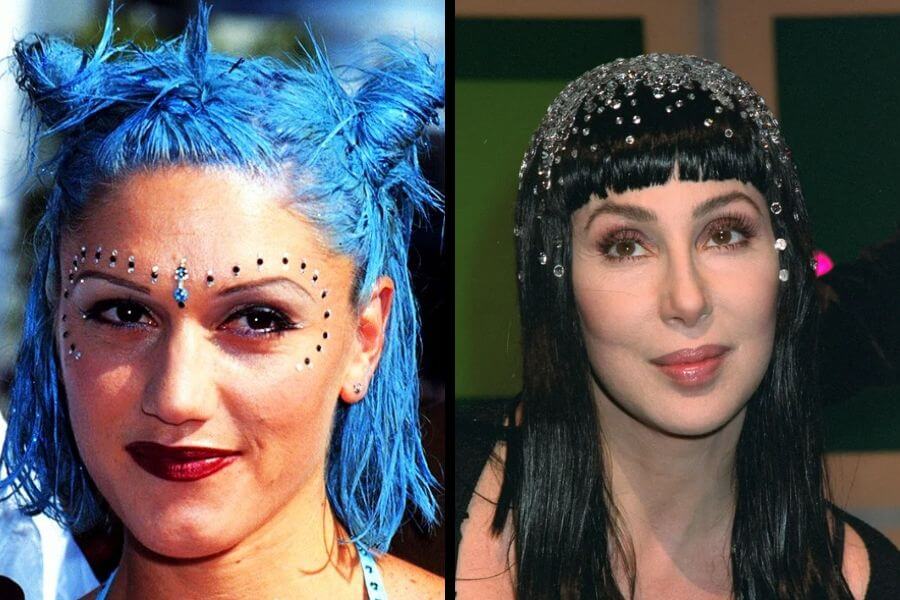
Crystals in the 1990s were all about adding sparkle to your looks. These decorative gems weren’t real jewels but they sure were fun, glitzy accessories for everyday glam.
People stuck them on hair, brows, and even cheekbones, pairing them with butterfly clips or glitter hairspray. It was a playful way to shine.
These faux crystals turned casual looks into dazzling statements. Affordable and easy to apply, they embodied the era’s love for bold, eye-catching beauty with a touch of whimsy.
Hair Buns Were Also a Defining 1990s Trend

Double buns, or even multiple buns, were a defining 1990s hair trend. This quirky, playful style brought fun and flair to casual and bold looks alike.
Celebrities like Gwen Stefani and Mel B rocked the look, inspiring fans to experiment with double or triple buns for parties, concerts, or everyday wear.
This trend was easy to achieve and perfect for pairing with glitter spray or hair gems. It captured the decade’s carefree, creative vibe and remains a nostalgic favorite today.
In the 1920s Women Came up With the “Dimple Maker”
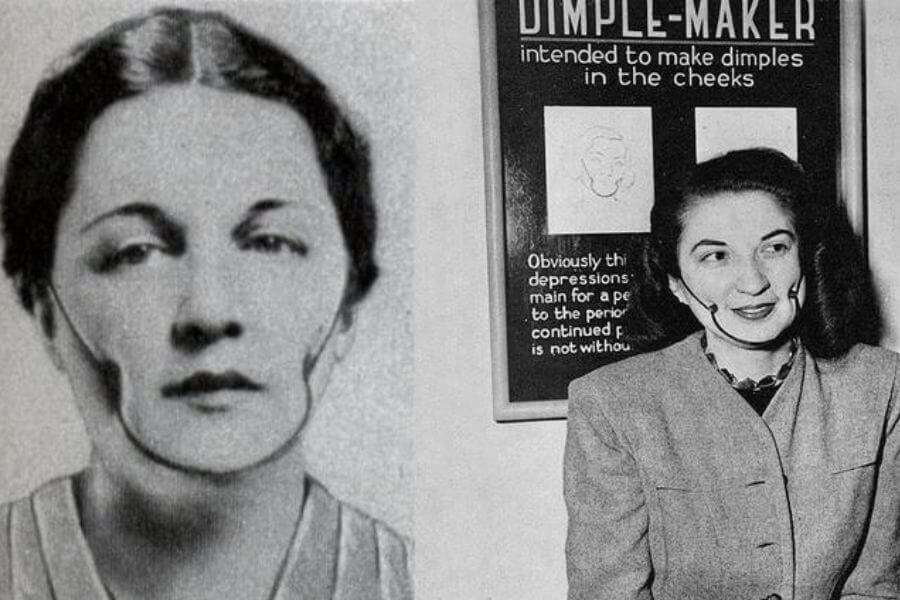
In the 1920s, achieving the perfect dimple was a beauty obsession. Enter the dimple maker machine, a bizarre contraption designed to pinch cheeks into submission.
The device featured metal clamps that pressed into the cheeks, aiming to create natural-looking dimples. It wasn’t the most comfortable process, but beauty meant sacrifice.
Though results varied, the dimple maker symbolized the lengths people went for trends. It showed how even quirky inventions found a place in the pursuit of style.
In the 1960s Everyone Wanted Twiggy’s Long Lashes
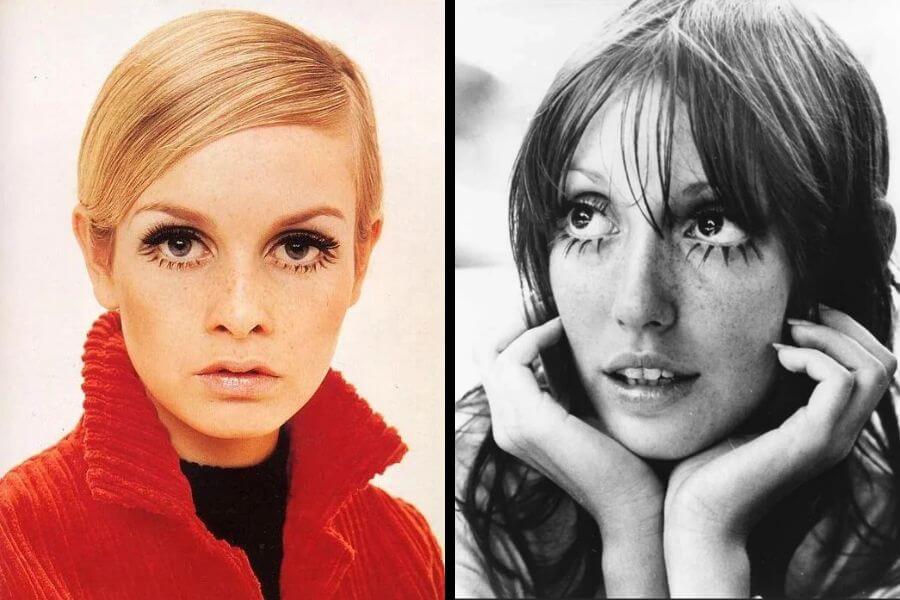
Considered by many to be the “first supermodel in history,” Twiggy became a beauty icon in the 1960s. Her daring makeup styles redefined the era’s trends and fashion standards.
Her lashes were her signature. Thick, painted, and doll-like, Twiggy even drew lower lashes on for a wide-eyed look. They became a beauty obsession worldwide.
Makeup lovers everywhere imitated her bold lash look. Twiggy’s influence wasn’t just about makeup; it was a cultural shift.
Crimped Hair Was a Go-to Look in the 1990s
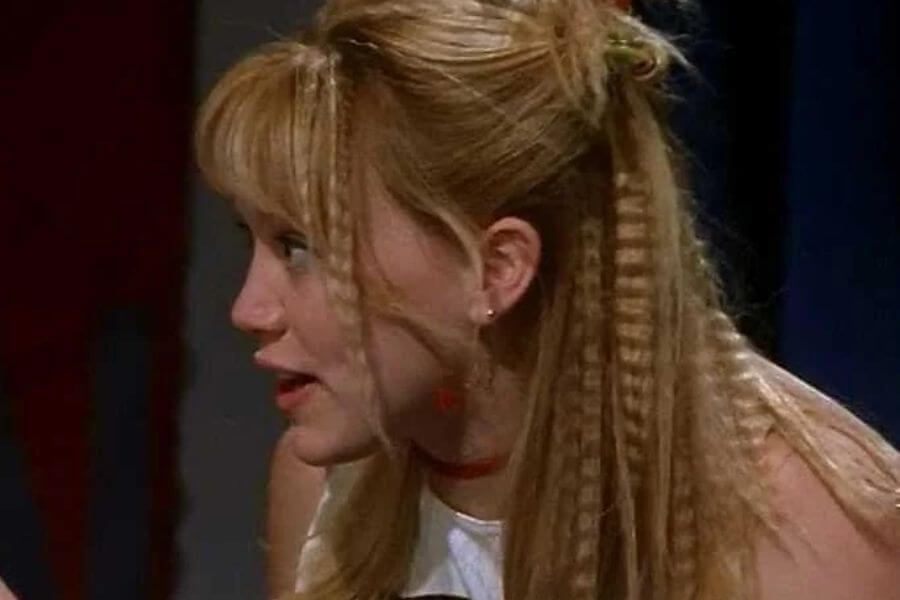
Crimped hair was a defining trend of the ’90s, adding bold texture and volume to straight locks. It was a playful look that turned heads everywhere.
Tight, zigzag waves or loose, soft crimping were both popular options. This style gave hair a unique, edgy vibe, making it the ultimate statement.
Crimping was all about fun and flair, letting people experiment with their look. Whether casual or dressed up, crimped hair brought personality and energy to any outfit.
During WW2 Women Were Encouraged to Wear Lipstick to Boost Morale
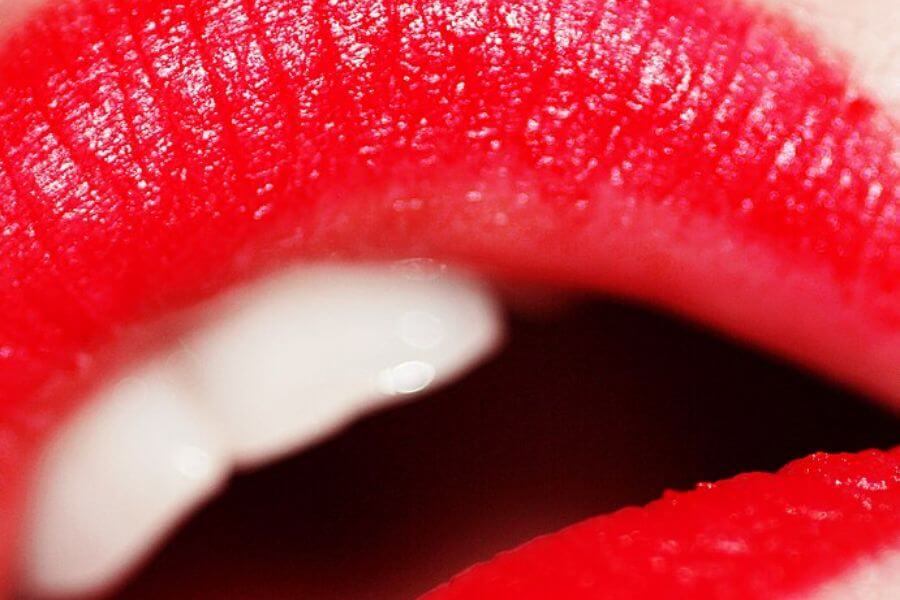
During World War II, women were encouraged to wear lipstick as a way to boost morale. It became a symbol of resilience and confidence during challenging times.
Red lipstick, in particular, dominated the era. Most women embraced the bold shade, with an estimated 90% of them wearing lipstick regularly throughout the 1940s.
This vibrant trend wasn’t just about beauty—it was empowering. Red lips symbolized strength and femininity, making lipstick a small but significant tool in maintaining spirits during the war.
Women Used Empty Cans to Achieve Perfect Curls
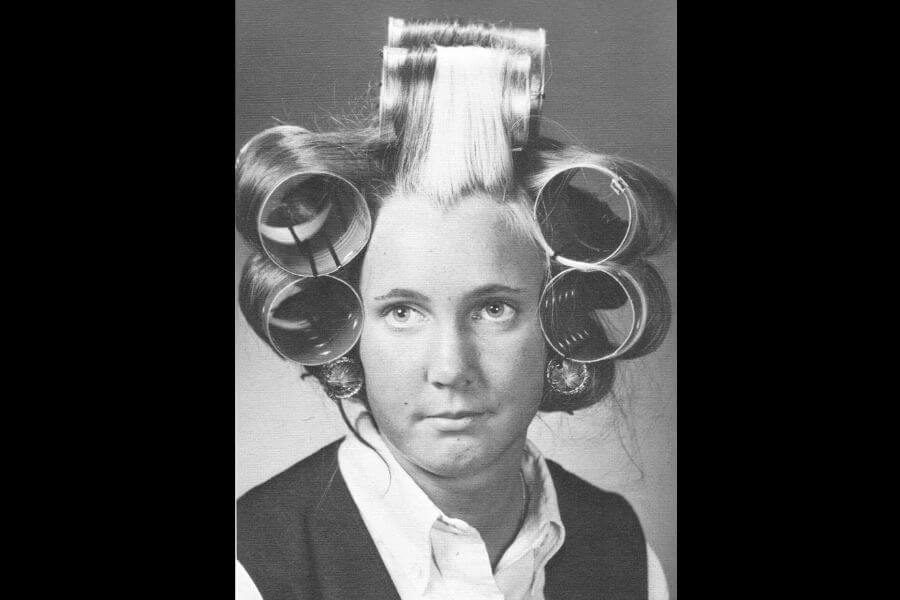
In the 1960s, achieving perfect curls meant getting creative. Young women turned to empty soup cans, using them as makeshift hair rollers for those big, bouncy waves.
The large cans were ideal for creating voluminous curls, giving hair that classic ’60s style. It was an affordable and clever alternative to traditional rollers.
This quirky beauty hack became a popular trend, showcasing the resourcefulness of the era. Soup cans were proof that style didn’t have to come with a high price tag.
In the 1950s Women Used Vaseline While Shaving
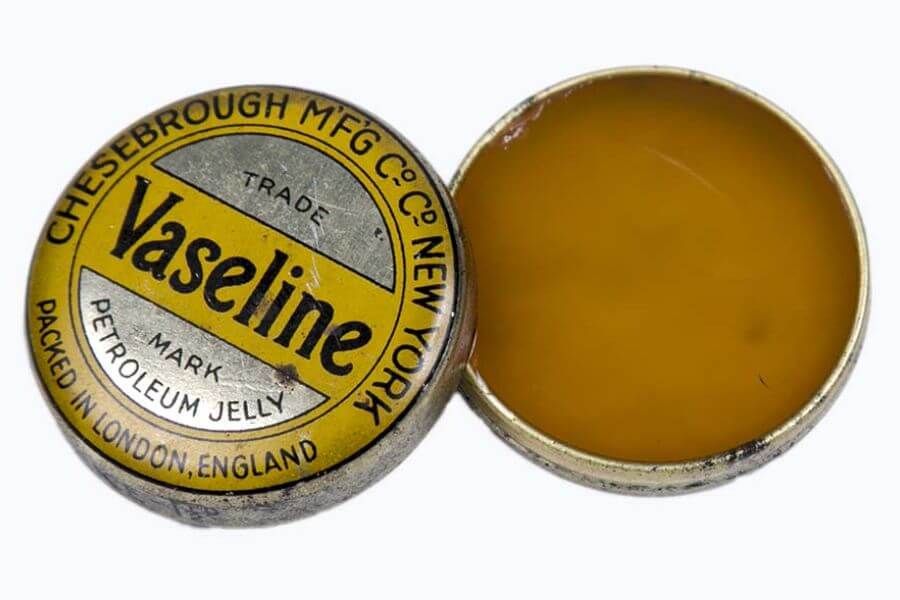
Using Vaseline for shaving started catching on in the mid-1900s. People, especially women, realized it worked great for smooth, soft skin while keeping razor irritation at bay.
It made razors glide easier and helped prevent nicks, cuts, and dryness. Perfect for anyone with sensitive skin or looking for a cheap shaving hack.
While fancy shaving creams have mostly taken over now, Vaseline is still a classic go-to for some folks. Smooth skin on a budget? Yes, please!
“Brick Lipstick” Was the Go-to Color in the 1990s

Brick lipstick was a 1990s sensation because it perfectly captured the decade’s edgy, grunge-meets-glam vibe. This deep, earthy red shade oozed sophistication with a rebellious twist.
Celebrities like Drew Barrymore and Winona Ryder rocked the look, making it a must-have for those embracing minimal yet bold beauty. It complemented the era’s muted tones and dark fashion.
The shade was versatile, pairing well with everything from flannel shirts to slip dresses. Brick lipstick became a statement of confidence, blending timeless elegance with ‘90s cool.
Fake Beauty Marks Were Very Popular in the 1920s
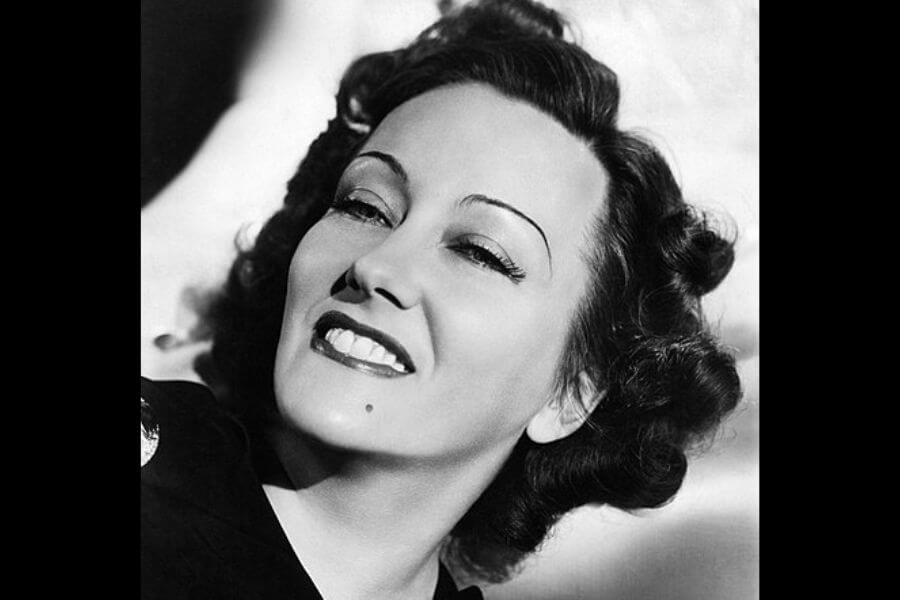
Faux beauty marks were super popular in the 1920s! Women used them as a flirty, glamorous touch, drawing attention to their lips or eyes.
These “mouches” (French for flies) were applied with eyeliner or tiny adhesive stickers. They added drama and elegance, often shaped like hearts or stars.
Faux beauty marks became a signature look of the roaring ’20s, perfectly matching the era’s bold, playful beauty trends. They’re still a charming nod to vintage glamour!
In the 1980s Punk Rockers Used Egg Whites to Make Their Mohawks Spiky
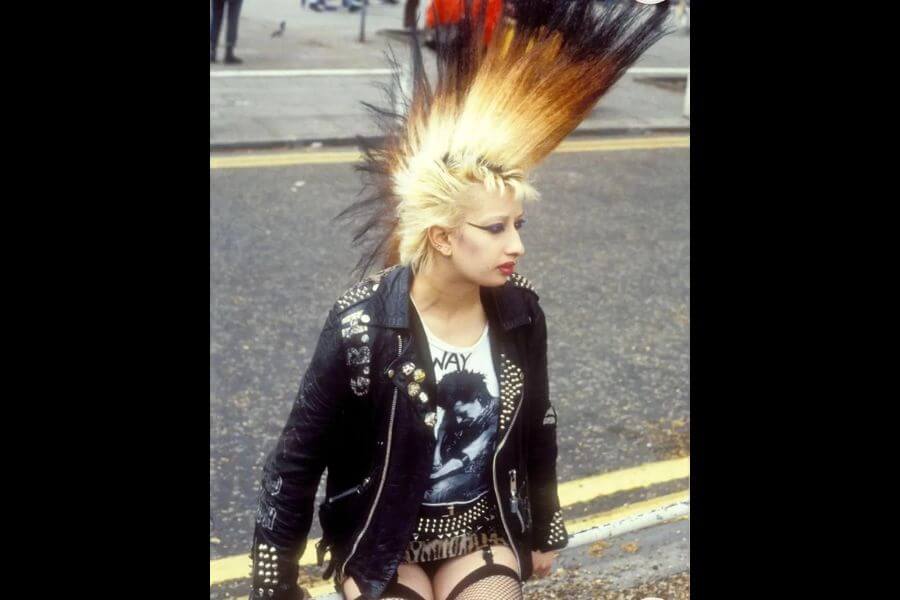
In the 1980s, punk rockers took hairstyling to a whole new level. Their mohawks were bold, spiky statements that symbolized rebellion and individuality.
To achieve those towering spikes, they used unconventional products like egg whites and Elmer’s glue. It might sound gross, but it provided the stronghold needed for the dramatic look.
This extreme hairstyling perfectly captured the punk rock spirit. It was all about creativity and defiance, and their spiky mohawks became an iconic part of 1980s counterculture fashion.
In the 1990S Teenagers Used Kool-Aid to Dye Their Hair Red

Young women started using Kool-Aid to dye their hair in the 1990s, especially for bold, temporary colors. It was cheap, fun, and perfect for experimenting with funky shades.
Mixing the powdered drink with water created a DIY dye that added vibrant reds, purples, or blues. Teens especially loved it for quick, playful hair makeovers.
Though it wasn’t super long-lasting, Kool-Aid became a go-to for budget-friendly, non-permanent hair color. Even Today, it’s still a nostalgic favorite for creative, low-commitment styles!
Veiny Cleavage Was A 17th-Century Must-Have
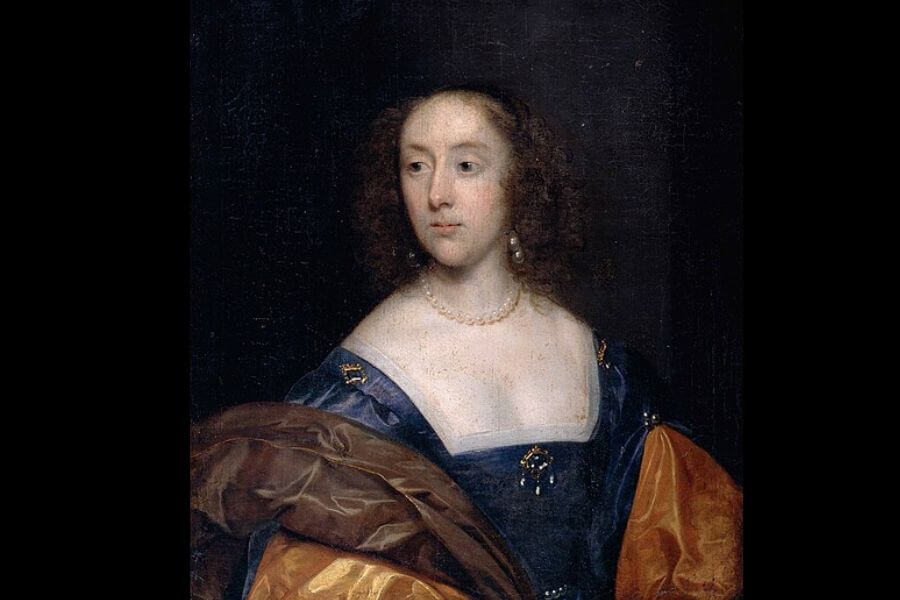
In 17th-century England, cleavage took center stage in fashion. Plunging necklines highlighted women’s chests, making them a key feature of beauty and elegance.
Pale skin symbolized wealth, so women used powders to whiten their faces. This trend extended to cleavage, emphasizing a delicate, aristocratic appearance.
To enhance this pale look, women drew blue veins on their breasts. This creative touch mimicked translucent skin, completing the fashionable, refined style of the time.
In the 16th Century the “Divocre Corset” Was Born
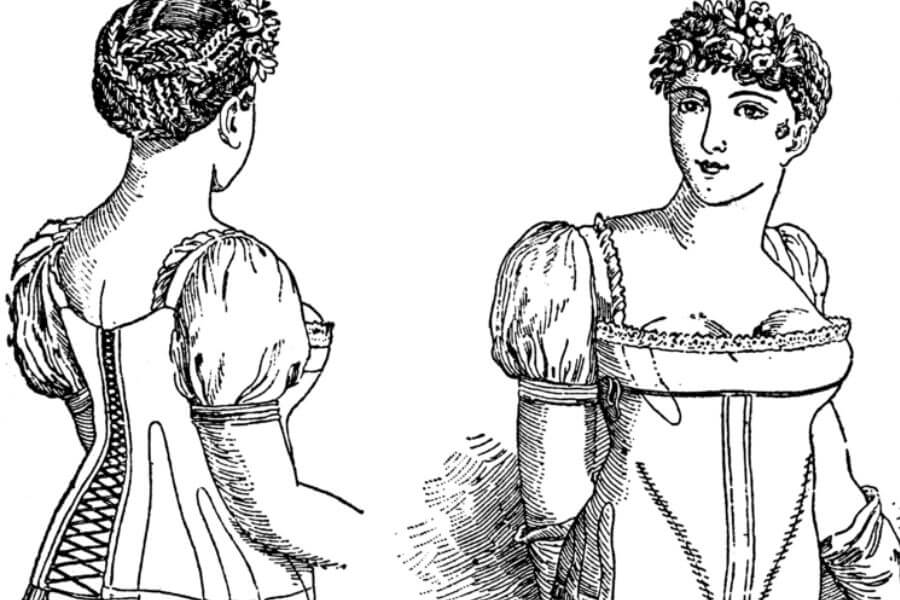
We’ve all heard of corsets before. The corset is a legendary example of body modification, crafted to cinch waists and lift breasts. From the 16th to 19th centuries, corsets came in many styles.
Some corsets were tied so tightly that breathing became a challenge. By the 19th century, corsets evolved to match a new beauty trend: separated breasts.
Enter the “divorce corset,” designed to create a distinct gap between breasts. This style moved away from high, tight cleavage, embracing a broader, more dramatic look instead.
Women Turned to Arsenic Wafers to Achieve a Pale Complexion
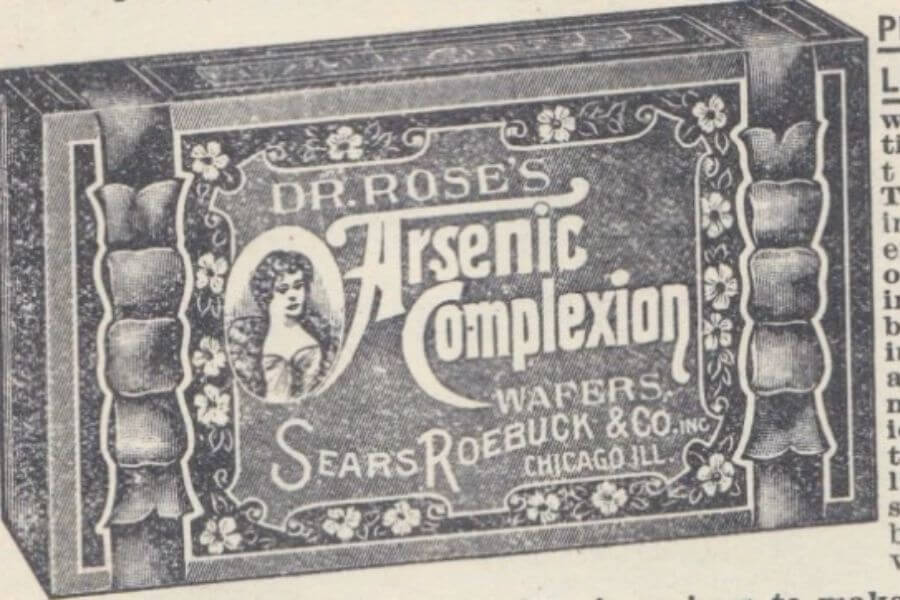
In the 19th century, many women turned to arsenic wafers to achieve a pale, flawless complexion. The trend prioritized beauty over safety, despite its dangerous nature.
These deadly wafers caused serious side effects, including cancer, baldness, and even epilepsy. Still, the desire for smooth, white skin kept them in demand.
By 1902, arsenic wafers were even sold through Sears catalogs. This shocking availability highlighted how far women were willing to go to meet the beauty standards of the time.
In Pre-revolution France, People Would Color Their Veins
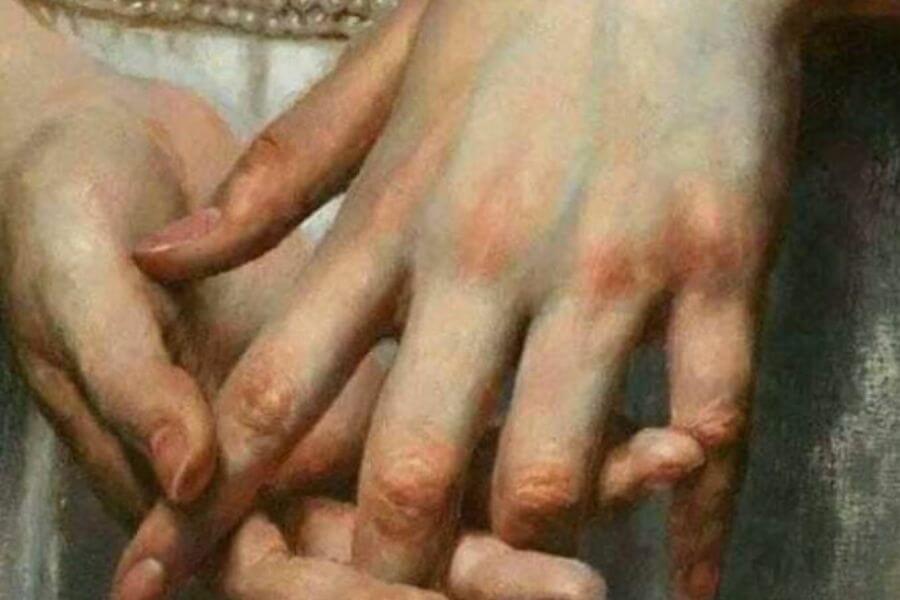
In pre-revolution France, showing off pronounced veins was a major trend. It was seen as a sign of refinement and elegance among the fashionable elite.
To highlight their veins, people used blue pencils, carefully tracing over them to create a bold, noticeable effect. This quirky beauty practice gained popularity quickly.
Some took it even further, using leeches to make veins stand out more. This extreme method showed the lengths people would go to for the perfect look.
Ancient Greeks Loved A Good Unibrow
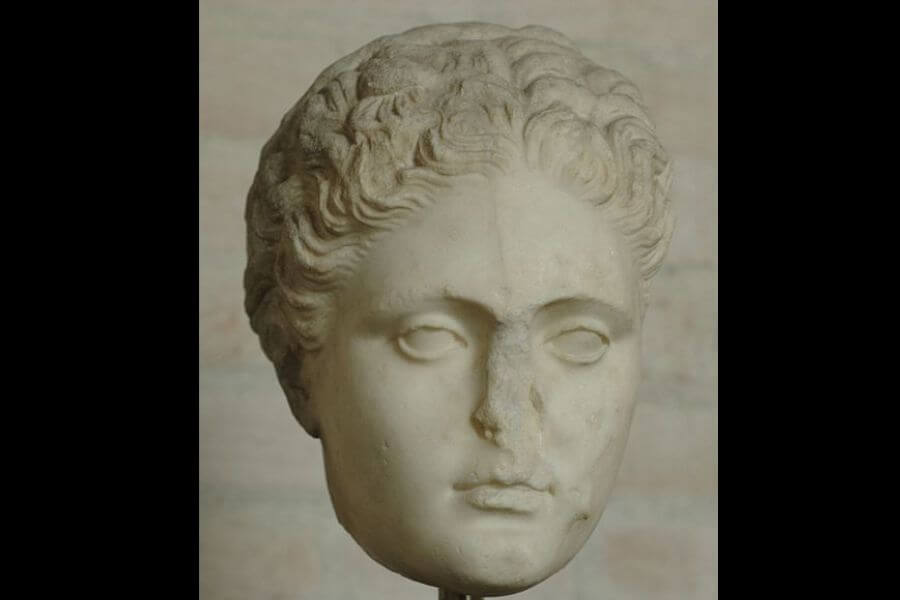
The Greeks had a totally different take on “power brows.” Believe it or not, in Ancient Greece, women rocked unibrows, which were seen as a sign of intelligence and purity.
And what would happen if nature didn’t bless them with a unibrow? Well, they’d just draw one with kohl pigment. It was the ultimate way to show off their bold and beautiful vibes.
Back then, a unibrow wasn’t just a look but a statement. Women proudly embraced this trend, proving beauty standards have always been wildly creative!
Renaissance Women Wanted Receding Hairlines
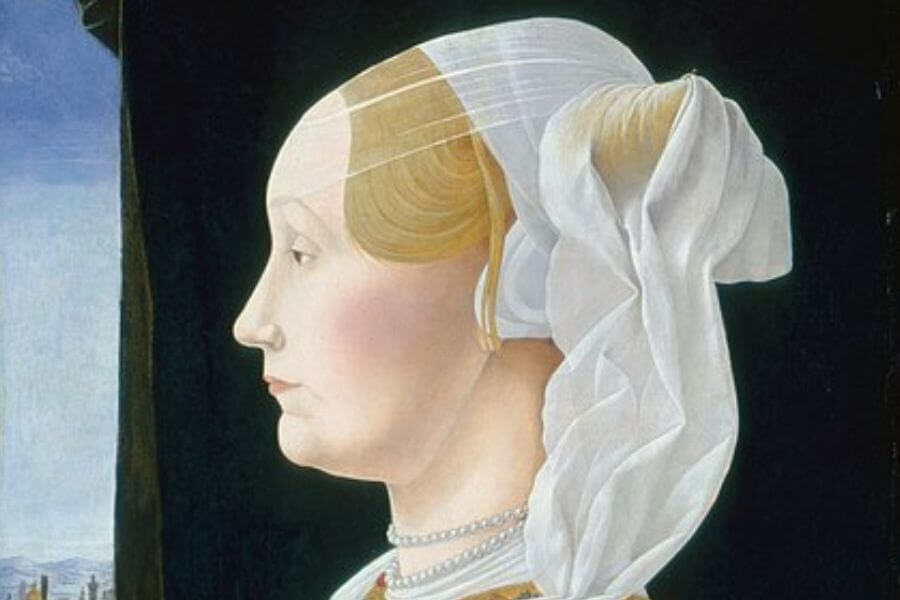
If you’ve ever noticed the odd look of women in Renaissance paintings, you’re not alone. Their large, curved foreheads were a major beauty standard of the time.
To achieve this look, women would pluck or shave their hairlines, creating the illusion of a higher, more prominent forehead. It was a symbol of elegance.
Essentially, they gave themselves a receding hairline on purpose. This extreme beauty practice highlights just how far people went to fit the ideals of their era.
Shederer Bangs Were THE thing in the 1970s
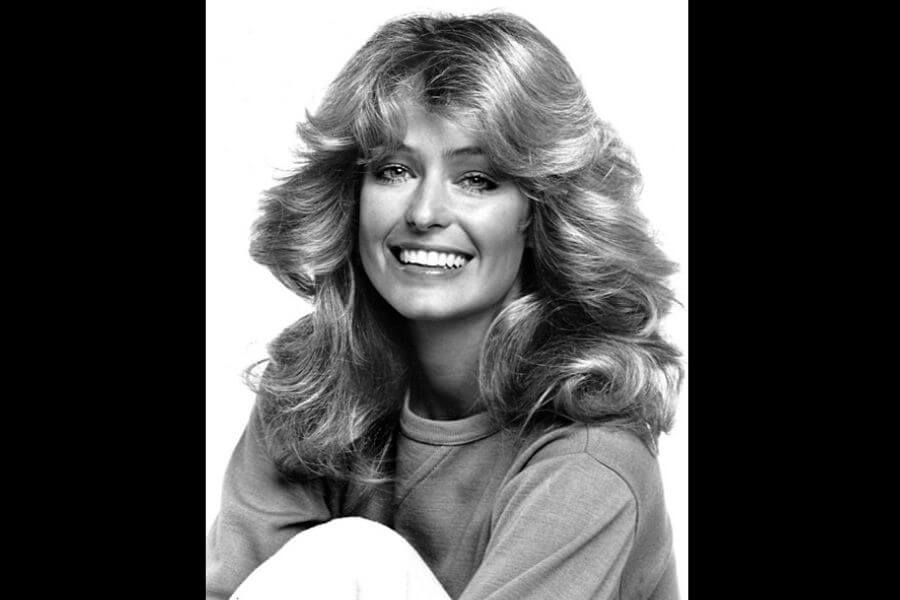
Shaggy, feathered bangs, aka “shederer bangs”, were a huge hit in the 1970s. Think Farrah Fawcett vibes with those soft, layered bangs framing the face perfectly.
This iconic style was all about volume and movement. Women used rollers, hairspray, and a lot of fluffing to get that effortlessly windswept look.
Shederer bangs became the ultimate ’70s glam statement, blending laid-back cool with just the right amount of drama.
Japanese Women Blackened Their Teeth
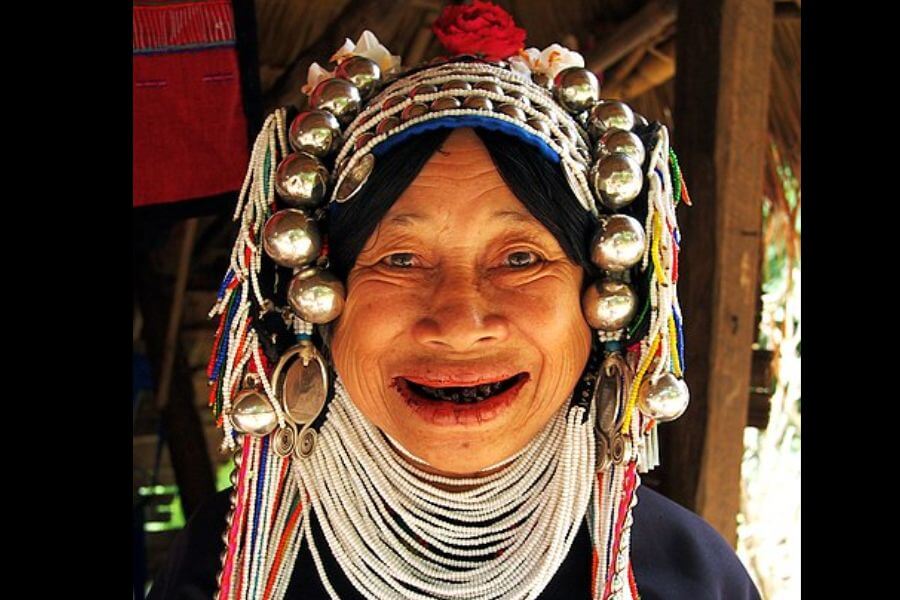
For centuries, Japanese women used to blacken their teeth permanently after getting married. It was a beauty trend and a way to show marital commitment.
This practice, called “ohaguro,” lasted through the 19th century. This practice wasn’t just about style; it was a symbol of loyalty and maturity.
Though it might seem unusual today, blackened teeth were considered stunning back then. The traditional method used involved soaking iron fillings in tea or sake.
In 18th-Century Europe Beauty Patches Were a Status Symbol
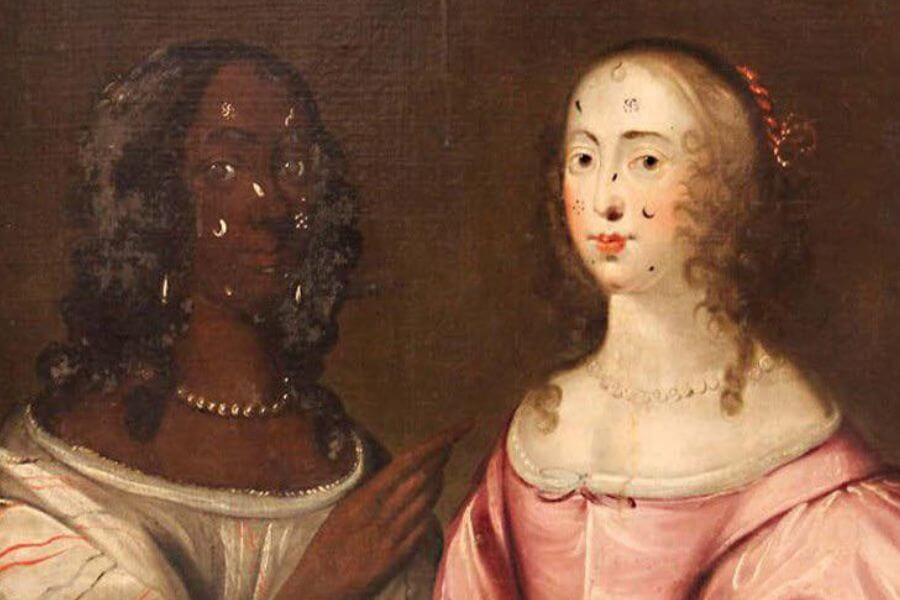
Back in the 18th century, women used “beauty patches,” tiny fabric shapes stuck on their faces. They came in stars, circles, squares, and other fun designs.
These patches weren’t just for looks. Their placement carried meaning: a patch by the mouth meant flirtiness, while one on the right cheek signaled marital status.
It was like a fashionable secret code. Women used these patches to mix beauty with bold communication, adding style and a hint of mystery to their look.
Incredibly Small Feet Were Popular in China for Many Centuries
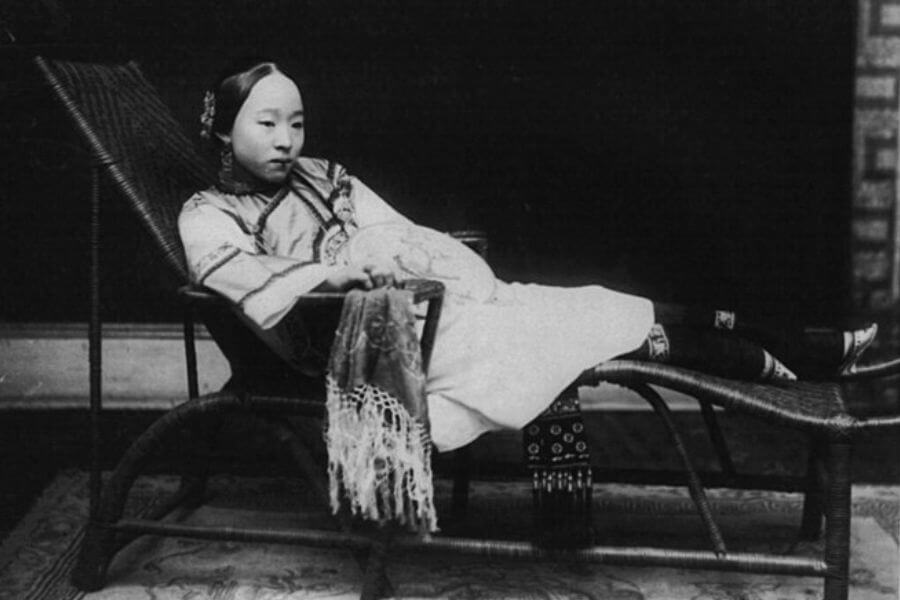
Foot binding is probably one of history’s most infamous body modifications. Although its origins are unclear, by the 13th century, it was common among noble families in China.
Girls began the process at five to seven years old. Tight bandages broke bones, bent toes under the sole, and reshaped feet as they grew.
This painful tradition lasted for over a thousand years, fading in the early 20th century. Small feet were seen as beautiful, making the practice a long-standing symbol of status.
During the Renaissance Short Teeth Were Essential
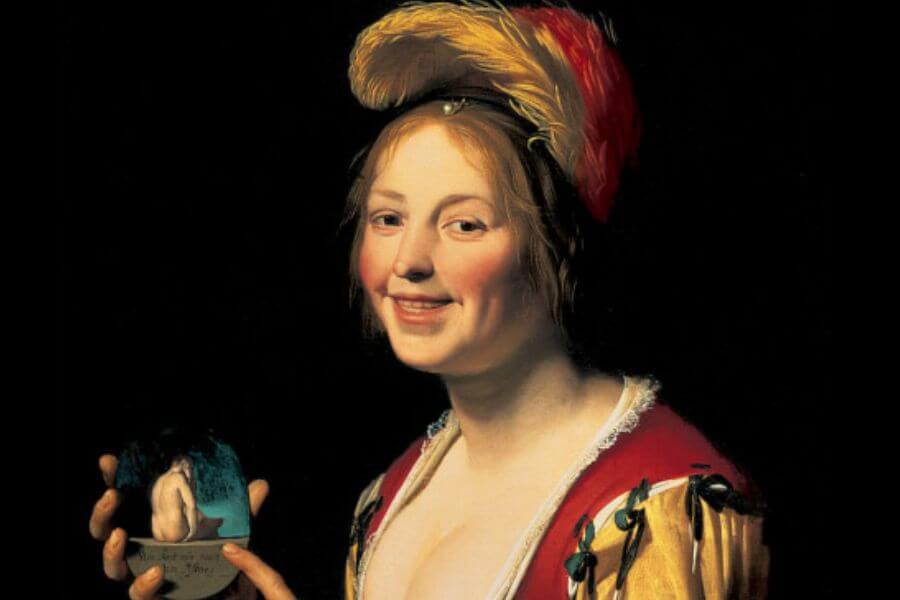
During the Renaissance, short teeth were considered the height of beauty. They symbolized youth and health, while long teeth were seen as unattractive signs of aging or malnutrition.
Short teeth during the Renaissance were often achieved by filing or grinding them down. The process was actually quite painful, but people thought it was worth it.
In the end, this trend wasn’t just about looks; it embodied the Renaissance pursuit of perfection. Short teeth were prized as a visual marker of health, beauty, and symmetry.
Eyelashes Were Also a “No” During the Renaissance

During the Middle Ages and Renaissance, European women plucked far beyond their foreheads. Apparently, eyelashes were seen as symbols of “oversexuality” and often entirely removed.
The fresh, bare-faced aesthetic was highly fashionable among women of means. Removing eyelashes emphasized modesty and purity, aligning with the era’s strict beauty and societal ideals.
Although the process sounds painful, beauty trends often outweigh comfort. Women endured this extreme practice to fit the standards of their time, proving how far they’d go.
Calves Were Equivalent to Men’s Abs in the Middle Ages
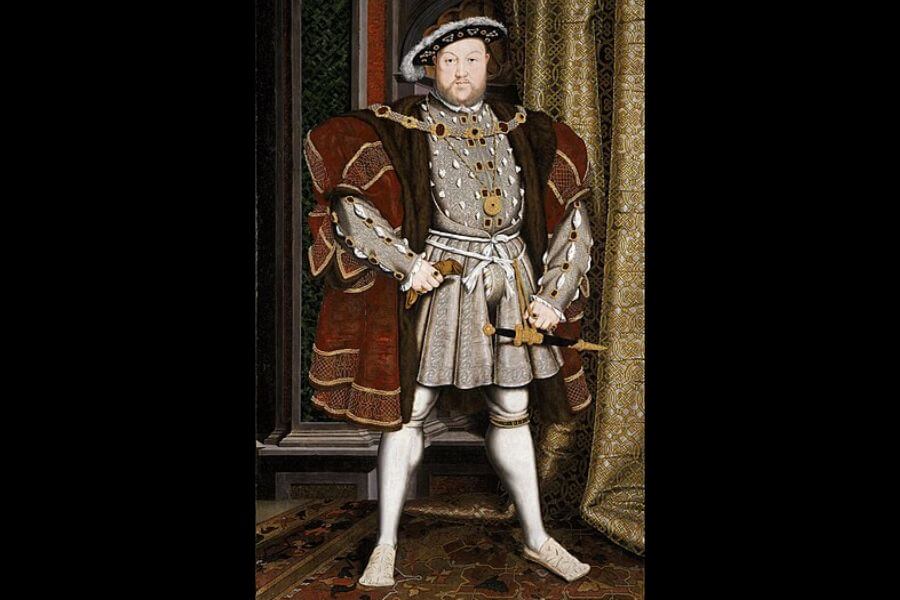
Back in the Middle Ages through the 18th century, men’s calves were the ultimate symbol of attractiveness. Stockings were worn to show off their well-shaped legs.
For those with less impressive calves, padding was added inside stockings to create the desired look. Well-defined calves were seen as a mark of strength and style.
King Henry VIII was famously praised for his excellent calves, setting a high standard. Men went to great lengths to highlight this admired feature in fashion.
In the 18th Century Women Styled their Wigs With Lard
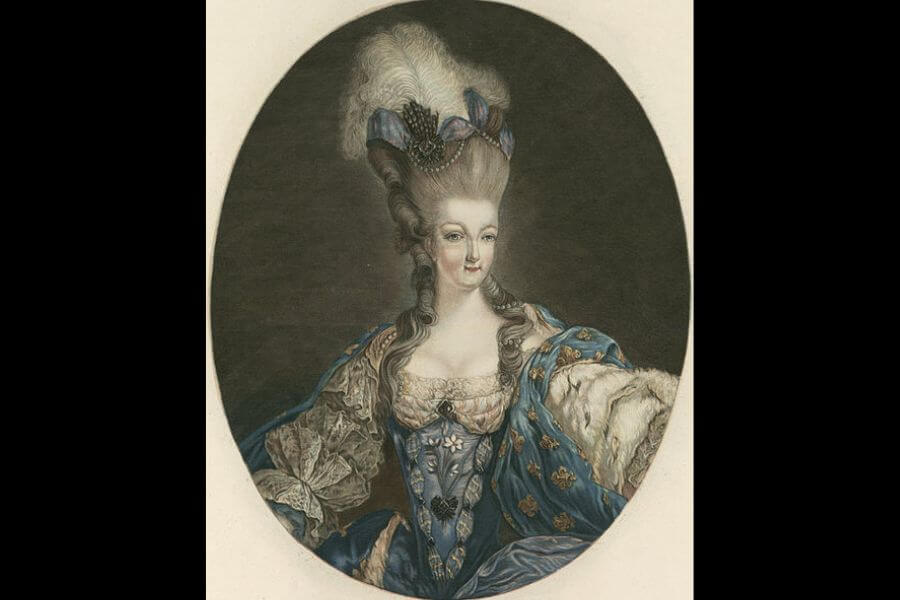
In the 18th century, before hairspray existed, women used lard to style their wigs. Yes, actual lard. it was the ultimate old-school hair sculpting tool.
Unfortunately, the lard had a downside: wigs often became real rat nests. Sometimes, rats would even move in, making their home in the elaborate hairstyles.
To avoid midnight rodent visitors, women slept with cages around their heads. It was beauty at a price, both messy and wildly creative by modern standards!
Around the Same Time, People Would Get Eyelash Transplants
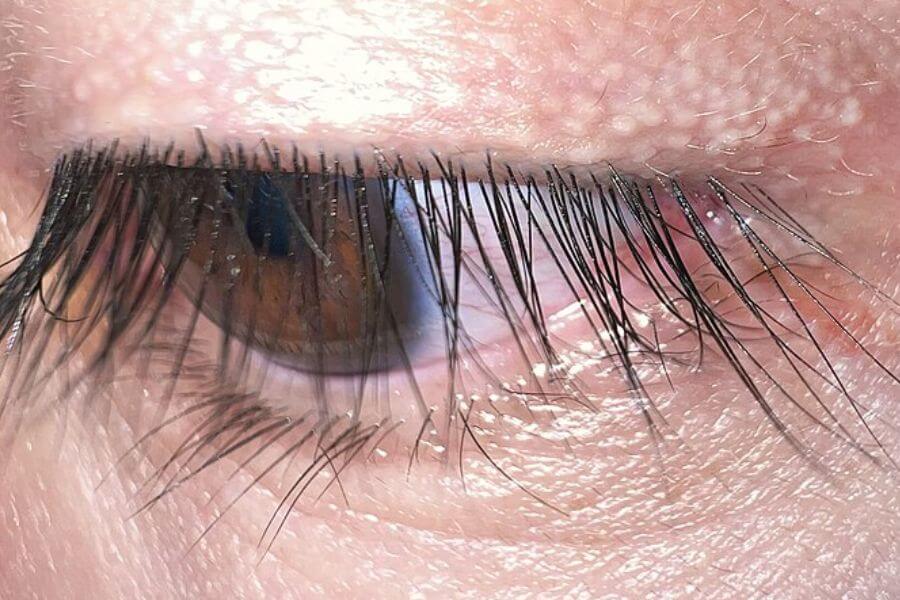
In the 1800s, eyelash transplants were a bizarre beauty trend. Specialists would literally sew hair into the eyelid using a needle. Ouch!
This painful procedure aimed to enhance lashes for a fuller, dramatic look. Despite the risks of infection and discomfort, many women pursued it to stay fashionable.
Thankfully, modern beauty innovations offer less extreme solutions. The trend faded, but it’s a wild reminder of how far people would go for beauty in history!
In the 1990s People Went Crazy Over “The Rachel”
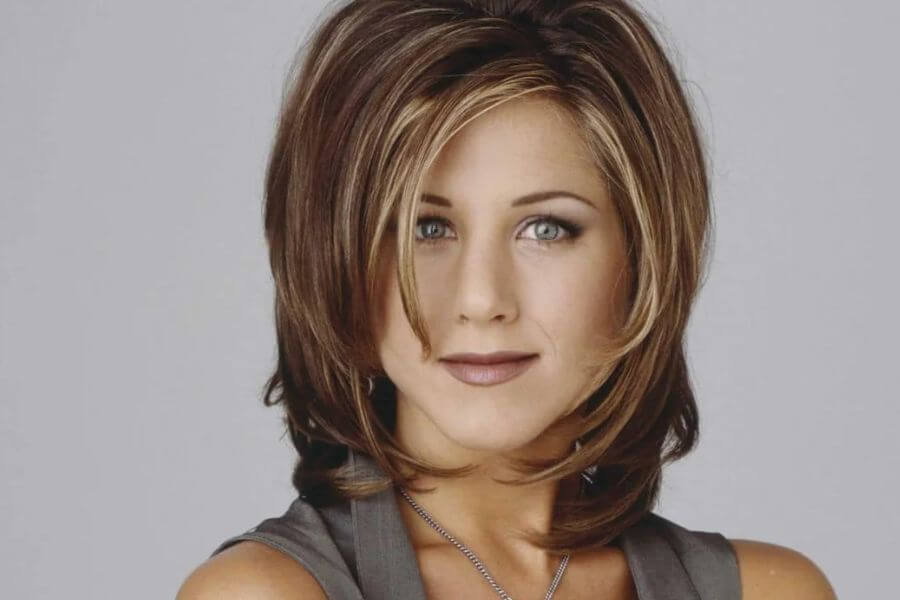
In the 1990s, “The Rachel” haircut became a cultural phenomenon. Inspired by Jennifer Aniston’s character on Friends, it quickly became the most requested style of the decade.
The layered, face-framing cut was chic, playful, and universally flattering. Salons everywhere were flooded with people eager to replicate the look, making it a massive trend.
Millions embraced “The Rachel,” solidifying its place in fashion history. Its popularity was so widespread that it’s still remembered as one of the most iconic hairstyles of all time.
Skull Shaping Was An Aesthetic Preference For The Ancient Mayas

Around 1000 BCE, the Mayans began reshaping infant skulls using boards or bindings. This practice wasn’t linked to status but was all about showcasing ornamental beauty.
Other cultures worldwide embraced skull shaping. Germanic tribes like the Huns, Pacific Islanders like Hawaiians, and other Indigenous groups adopted similar modifications.
This head-shaping trend crossed continents and societies, uniting warriors, farmers, and rulers. It was a unique, equal-opportunity way to express beauty and cultural identity.
Ancient Chinese Women Constantly Updated Their Colorful Eyebrows
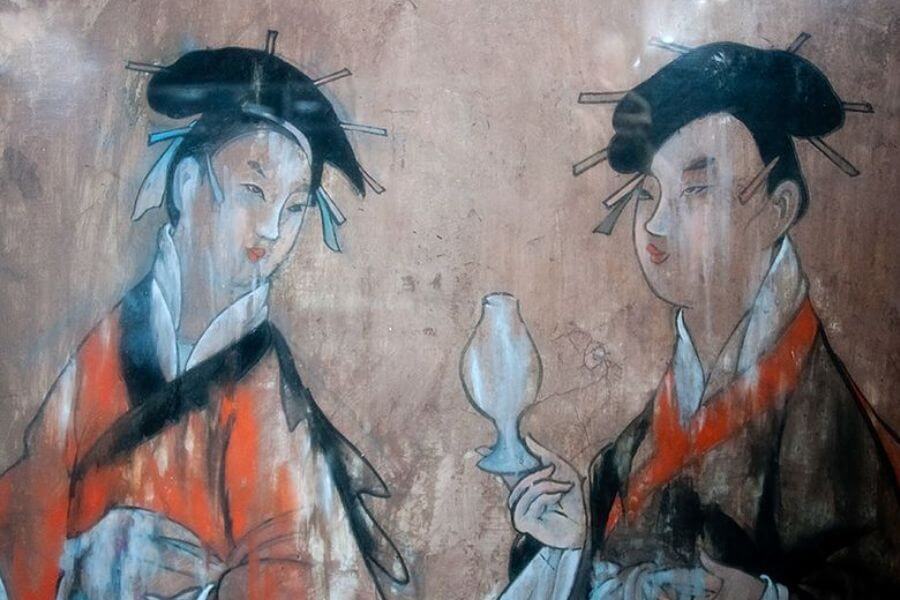
Ancient Chinese women treated eyebrows as an art form. They used black, blue, or green grease to paint and shape them, following the latest beauty trends.
During the Han Dynasty, sharply pointed eyebrows became all the rage. Later, women shifted to short and high eyebrows, showcasing the changing fashion of the times.
One notable style was the “sorrow brow,” where eyebrows arched upward in a sad expression. This melancholic look brought elegance and drama to their faces.
In the 1400s Italian Women Aimed for “Barely-There” Lips

In the 1400s, Italian women strived for barely-there lips. Thin, understated lips were all the rage, aligning with the beauty ideals seen in Renaissance art.
Paintings from the period didn’t highlight or emphasize lips, focusing instead on pale complexions and soft, subtle features. Lips were downplayed entirely.
This minimalist lip trend reflected the era’s preference for modesty and refinement. It’s a far cry from today’s bold lip looks, showing how beauty standards evolve over time.
People Were Already Obsessed with the Shape of Their Nose in the 1920s

Nose shapers from the 1920s were quirky gadgets women used to reshape their noses. These devices promised to create straighter, slimmer, or more refined noses without surgery.
Typically made of metal or rubber, they clipped onto the nose and applied pressure to “mold” it into the desired shape. Advertisements claimed regular use would result in a permanent transformation.
Though they were all the rage at the time, these nose shapers didn’t actually work.




